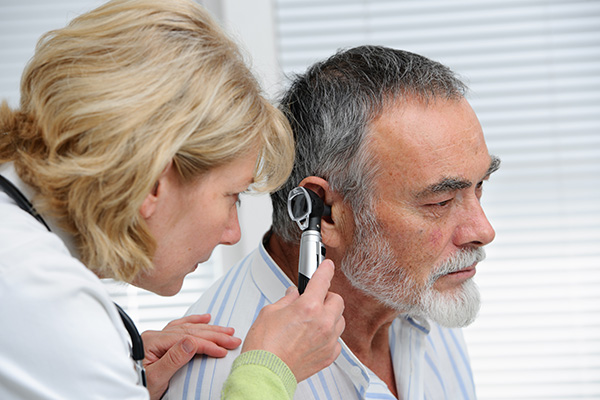The Role of Genetics in Hearing Loss
Our genes can affect how our hearing changes over time. While hearing loss
We’re Hiring! Click Here to Learn More About Our Career Opportunities →

Once you’ve had a hearing test carried out, the next and most crucial step is to analyze and understand the results of that test. This is when you really find out what’s happening with your hearing and whether any hearing loss has taken place. It’s not always easy to understand your hearing test results and what they mean. That’s why it’s important to work with a trusted audiologist and take things from there. Here’s some basic information that’ll help you understand your audiogram results better.
The most important part of the test results is the audiogram. This is the visual representation of your hearing capabilities and will show you where problems lie and where your hearing is weaker than it might ideally be. This is how hearing performance is measured, and it applies to the left and right ear independently, meaning any differences between the hearing in these ears can be picked up on and understood as you move into the treatment stage of the process following on from your test.
When you look at an audiogram, you’ll see data plotted across a range of frequencies. This data essentially tells you where your hearing thresholds lie by showing you the software sounds you’re able to detect. In this sense, the test and the results it produces are very numerical and quantitative. It’s a formula that’s applied to all people and offers a standardized way of understanding the quality of your hearing in a quiet situation. It’s not about subjectively understanding your hearing in terms of how you experience it.
There are two axes on the audiogram and they, in tandem, help display what your range of hearing is compared to what’s considered a normal hearing level. This is something that your audiologist will explain to you when you’re looking through your results together. There’ll be a shaded part of the audiogram that’ll show you the normal hearing levels for a person with healthy hearing, and from there, you can understand how your results compare. If your hearing falls outside of the normal range, treatment options can be explored.
All of this is best done alongside your audiologist because they’ll be able to explain the specifics of your result to you. It’s important to gain their insights and not try to interpret the results alone because, in reality, only someone who is trained and professional can really offer you the correct and proper information. So be sure to find an audiologist you can trust to help you through this whole process and beyond if further action is required.
With all of the above in mind, be sure to make the most of your hearing test and the results that it produces. Alongside one of our audiologists, you can then take your next steps forward and find the approach to treatment that might be necessary for you and the health of your hearing moving forward.

Our genes can affect how our hearing changes over time. While hearing loss

Hearing protection might not be something most young adults think about,

Hearing loss usually starts gradually, making it hard to notice right